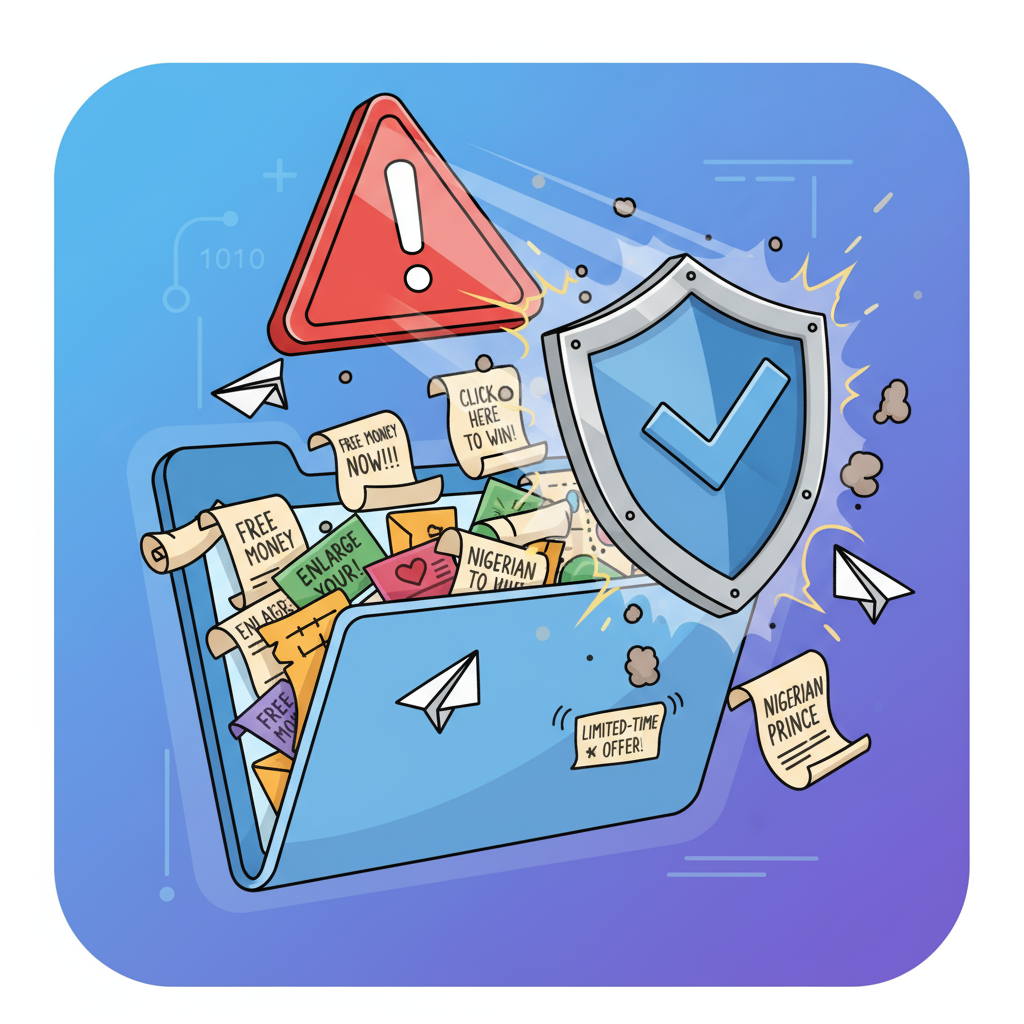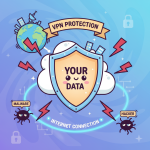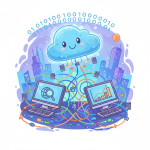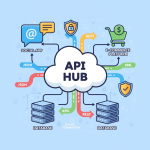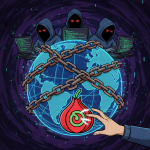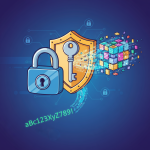Are unwanted emails, messages, or calls flooding your digital life? You’re likely experiencing spam. But what is spam, and why is it more than just an annoyance? In the world of cybersecurity, spam poses serious risks to businesses and individuals alike.
This comprehensive guide explains the meaning of spam, explores its types, highlights cybersecurity threats, and shares actionable tips to protect your organization in 2025.
What is Spam?
Spam refers to unsolicited, usually irrelevant or unwanted messages sent in bulk over digital networks. While most commonly associated with email, spam also appears in text messages, social media, instant messaging, and even phone calls.
The term “spam” evolved from a Monty Python comedy sketch where the word was repeated incessantly, much like how spam messages flood communication channels.
Spam wastes time, drains resources, and often serves as a delivery method for cyberattacks such as phishing and malware.
Types of Spam Cybersecurity Leaders Must Know
Spam takes many forms, each with its own risks. Understanding these types helps IT managers and cybersecurity professionals develop stronger defenses.
1. Email Spam
-
Bulk unsolicited emails, often commercial advertising, phishing attempts, or malware delivery.
-
May include fake invoices, fraudulent account updates, or malicious attachments.
2. SMS Spam
-
Unwanted text messages promoting scams, fake lotteries, or containing malicious links.
-
Particularly dangerous due to smartphone ubiquity.
3. Social Media Spam
-
Fake profiles, spam comments, or malicious links aimed at spreading malware or misinformation.
4. Voice Call Spam (Robocalls)
-
Pre-recorded, unsolicited calls often promoting scams or fake winnings.
5. Instant Messaging Spam
-
Spam over platforms such as WhatsApp or Telegram, often with fraudulent offers.
How Spam Threatens Cybersecurity
Spam is not just disruptive; it’s a significant cybersecurity threat. Here are key dangers:
-
Phishing: Spam often masquerades as legitimate messages to steal sensitive data.
-
Malware Distribution: Malicious attachments or links infect devices with viruses or ransomware.
-
Data Breaches: Clicking on spam links can lead to compromised corporate networks.
-
Resource Drain: Handling spam consumes bandwidth, storage, and employee time.
-
Reputation Damage: Successful spam-based attacks can harm brand trust and customer confidence.
Recognizing Spam: Key Indicators
Spotting spam is the first step for protecting your systems. Look out for:
-
Generic greetings like “Dear Customer.”
-
Suspicious sender addresses that mimic legitimate sources.
-
Poor grammar, spelling mistakes, and unusual phrasing.
-
Urgency or pressure to act immediately.
-
Unsolicited attachments or links to unknown websites.
Effective Spam Prevention Strategies for Organizations
To reduce spam impact, IT leaders should implement these best practices:
-
Use Advanced Spam Filters: Employ machine learning-powered email filters to identify and quarantine spam messages.
-
Enable Multi-Factor Authentication (MFA): Protect email accounts from unauthorized access even if credentials are compromised.
-
Educate Employees: Regular training on phishing and spam recognition reduces risk.
-
Restrict Email Address Exposure: Limit posting corporate emails publicly to avoid scraping by spammers.
-
Implement CAPTCHA and Honeypot Fields on Web Forms: Reduce spam submissions from bots.
-
Monitor and Report Spam: Use reporting systems to improve spam detection mechanisms.
The Evolving Landscape of Spam in 2025
Spam tactics rapidly adapt with new technology. Cybercriminals now use:
-
Snowshoe Spamming: Distributing messages from multiple domains to evade filters.
-
Image Spam: Embedding text in images to bypass text-based filters.
-
Botnets: Networks of infected devices mass-sending spam and malware.
-
AI-Generated Spam: Sophisticated messages tailored to deceive targets.
Organizations must stay vigilant and continually update their spam-defense strategies to effectively mitigate these evolving threats.
FAQs About Spam
1. What is spam in cybersecurity?
Spam refers to unsolicited bulk messages sent digitally, often used to deliver scams, phishing attacks, or malware.
2. How does spam affect businesses?
Spam wastes resources, exposes businesses to cyberattacks, and can damage reputation if sensitive data leaks.
3. What are common types of spam attacks?
Email spam, SMS spam, social media spam, robocalls, and instant messaging spam are among the most common.
4. How can organizations protect themselves from spam?
Implement advanced filters, multi-factor authentication, employee training, and restrict exposure of email addresses.
5. Is all spam dangerous?
Not all spam is malicious—some is just unwanted advertising—but many spam messages pose significant security risks.
Conclusion and Call to Action
Understanding what is spam and recognizing its cybersecurity risks is critical for all IT managers, CEOs, and security teams globally. Spam is more than a nuisance—it’s a gateway for cybercrime that demands a proactive, layered defense strategy.
Take charge today: review your spam filters, educate your teams, and deploy robust email and messaging security measures. Protect your business from costly breaches and productivity loss caused by spam attacks.
Connect with cybersecurity experts now to fortify your defenses against the persistent threat of spam and safeguard your organization’s future.
